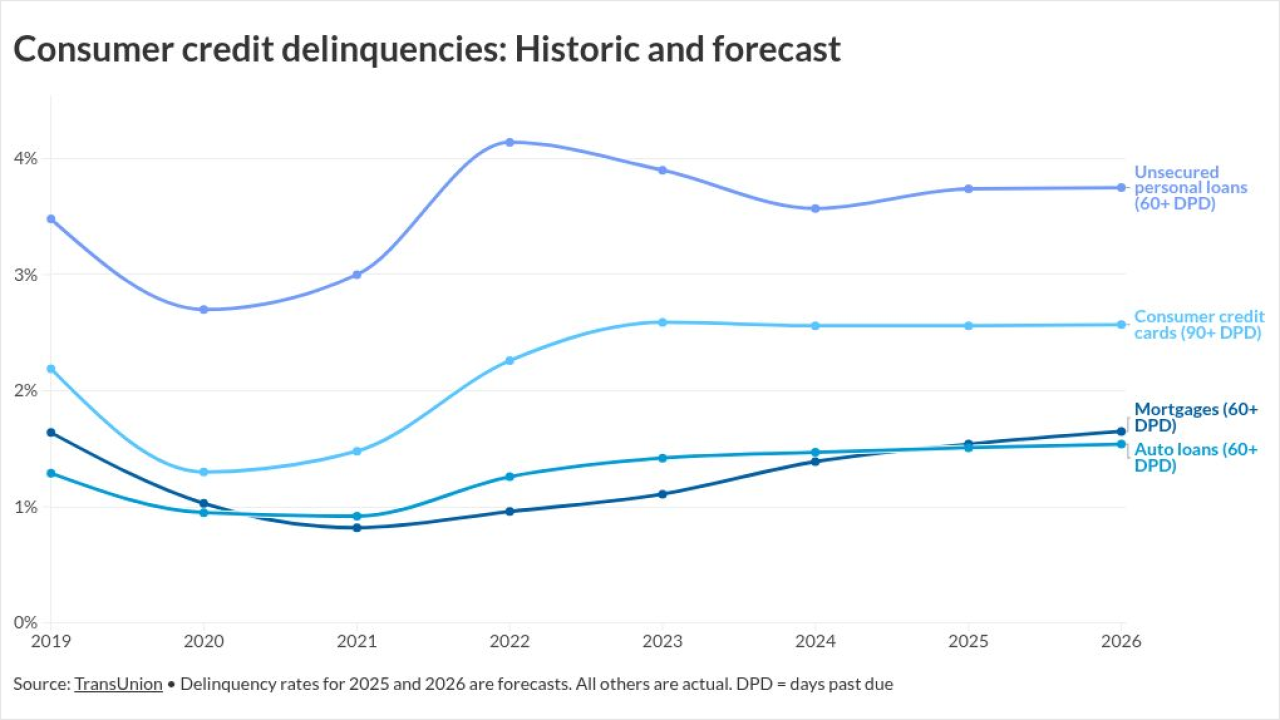The mortgage industry’s new regulatory environment translates into companies’ need to be more committed to their compliance efforts than ever before. Today, all roads lead to the compliance and the need for robust compliance management systems. Trying to manipulate or get around the regulators by providing incomplete information can result in heavy fines or even worse - being forced out of business. This makes it absolutely crucial for mortgage companies to have proper compliance technology in place.
This month during the Mortgage Bankers Association’s Risk Management and Quality Assurance Conference, Darrin Benhart, deputy comptroller for credit and market risk for the Office of the Comptroller of the Currency, said that a key part of a mortgage company’s decision-making process needs to include the build-out of a strong risk management function to ensure compliance with the myriad of new rules. He pointed out that in the past credit risk, operational risk, compliance, audit and quality control functions sometimes worked in silos and as a result, the systemic nature of problems across different products, platforms or risk areas often went unnoticed until the issue became significant. He shared his perspective that risk management groups today need to be multi-dimensional, banks need a culture that promotes risk identification across business lines and that complying with the new rules does not negate the need to have other safety and soundness controls in place.
The way to achieve this cross-division success is to take advantage of technology to bring compliance and risk management to the forefront. It must become an integral part of a company’s day-to-day transactions, not just a task performed prior to an audit or a deadline. This shift in mindset will enable companies to be proactive instead of reactive to a negative event. Technology allows companies to easily embed access to rules and processes at a task or field level empowering users to enforce compliance and risk management across the organization without devoting abundant personnel or resources solely to compliance.
It is inevitable that as more regulatory requirements are passed down, the more compliance and risk efficiencies will evolve. Quality control will take on a different meaning in the coming months and years. Instead of a using a sampling of loans for auditing purposes, companies will need to conduct reviews on all loans to ensure their quality. Completing these QC efforts without hindering core business processes or adding overhead can only be accomplished by using technology. Advanced technology can ensure compliance and QC become integral components of a business’ day-to-day operations, as we all know that these activities can no longer be an afterthought or ancillary effort. While technology does require an investment, it overall dramatically reduces the cost of compliance and hefty fines for violations by integrating compliance and QC into the entire portfolio, rather than the traditional method of going through samples in a reactive mode.
Under new rules from the Consumer Financial Protection Bureau, lenders and servicers are not only responsible for their QC efforts but also for the actions of their vendors. The only way these parties can effectively exchange, monitor and track information is to deploy technology that facilitates real-time communication and constant collaboration among all stakeholders involved. However, it is not enough just to establish these lines of communication. It is equally as important to regularly measure and evaluate these efforts. For example, determine how long it is taking to get from step A to step B and assess how technology improves efficiencies or helps your organization react if a path changes or another issue arises. Simply deploying technology is not the answers—a company must be committed to leveraging a solution to gain insight that can drive crucial internal adjustments and improvements.
Benhart also told companies that he recognizes that they understand their responsibility to manage the risks associated with their products, services and industry investments. He acknowledged that while they may not always see it this way, regulators also want a strong, stable housing industry and believe understanding and managing risks are critical to achieve that goal. Benhart’s comments are valuable for mortgage companies to keep in mind during this difficult time of transition to new processes and rules on top of shifting business goals in a cyclical market. However, with the right leadership and systems at the helm, businesses and regulators alike can work toward a stronger housing market and economy.





